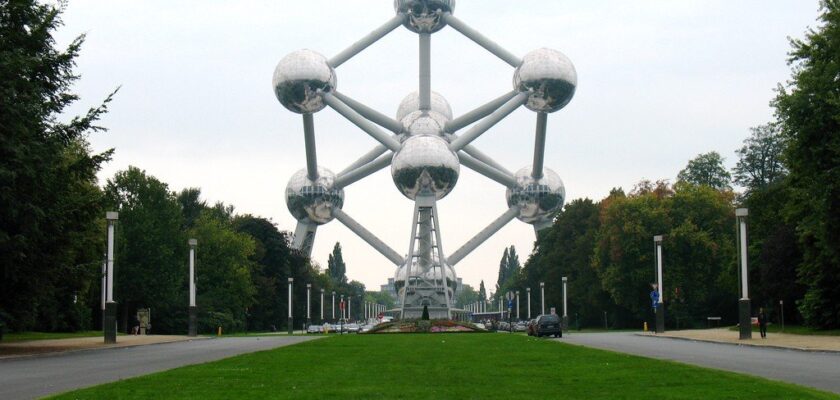Atomium
Atomium: an entertainment complex inside the iron crystal lattice
.While Brussels used to be invariably associated with the “Piss Boy”, now many people remember the industrial wonder of the modern world, the interesting Atomium structure. It represents a model of the iron crystal lattice of enormous size. The designers created a model enlarged 165 million times. Such an interesting sculpture was installed right in the middle of the city and it is impossible not to notice it.
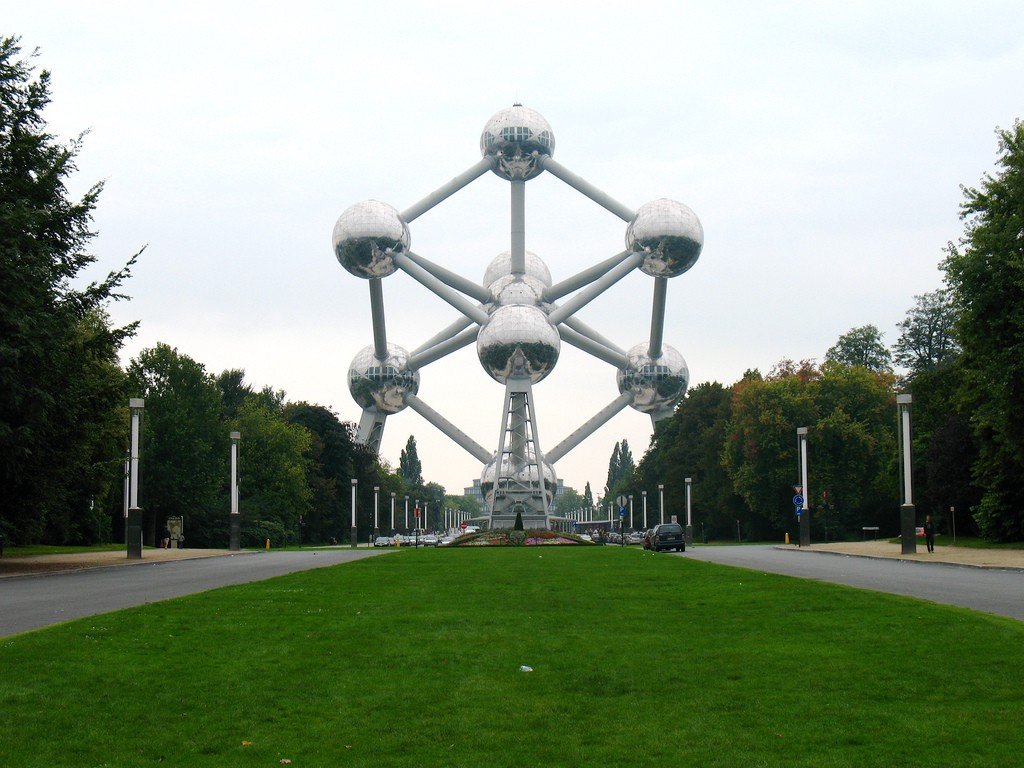
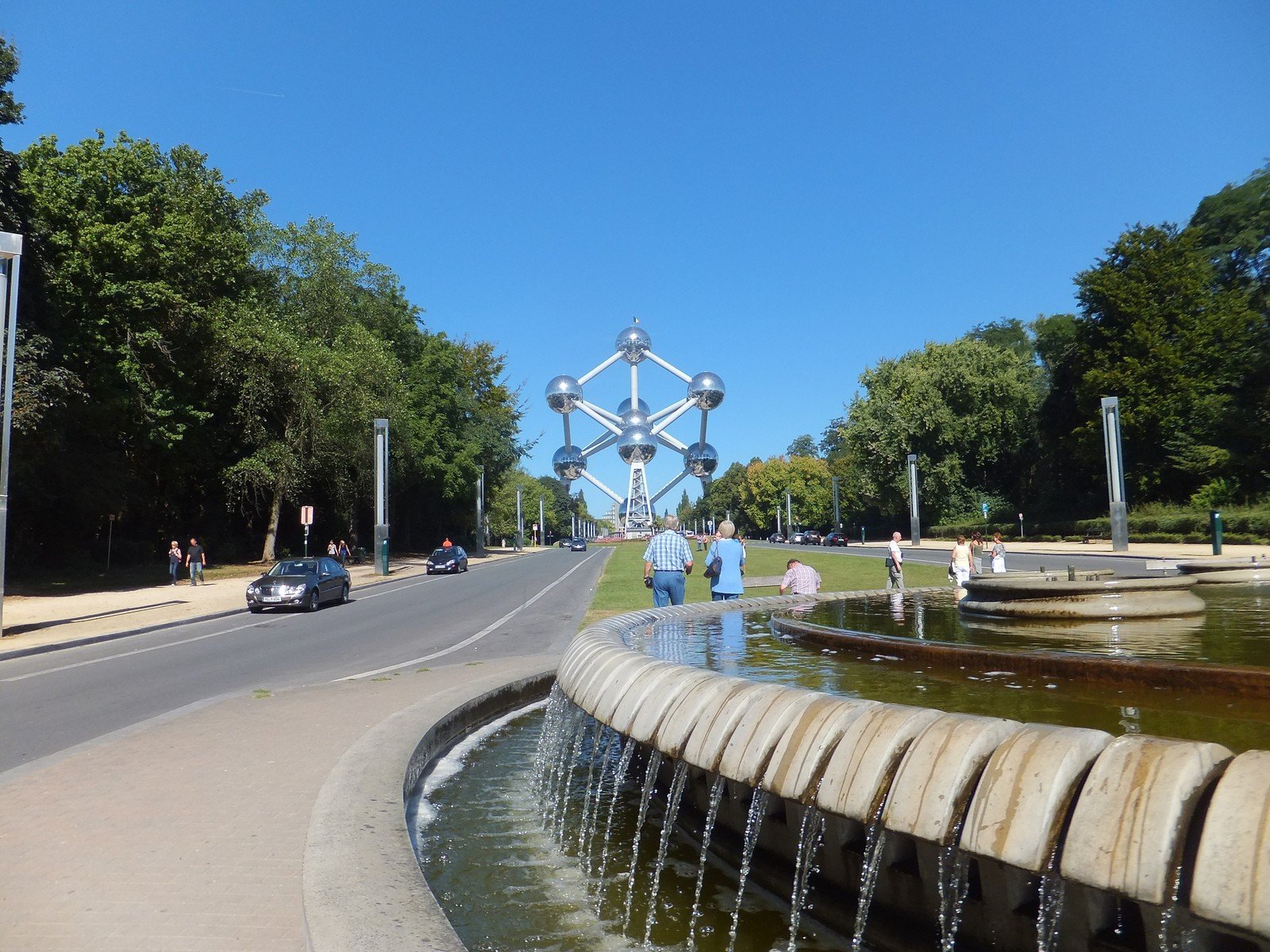
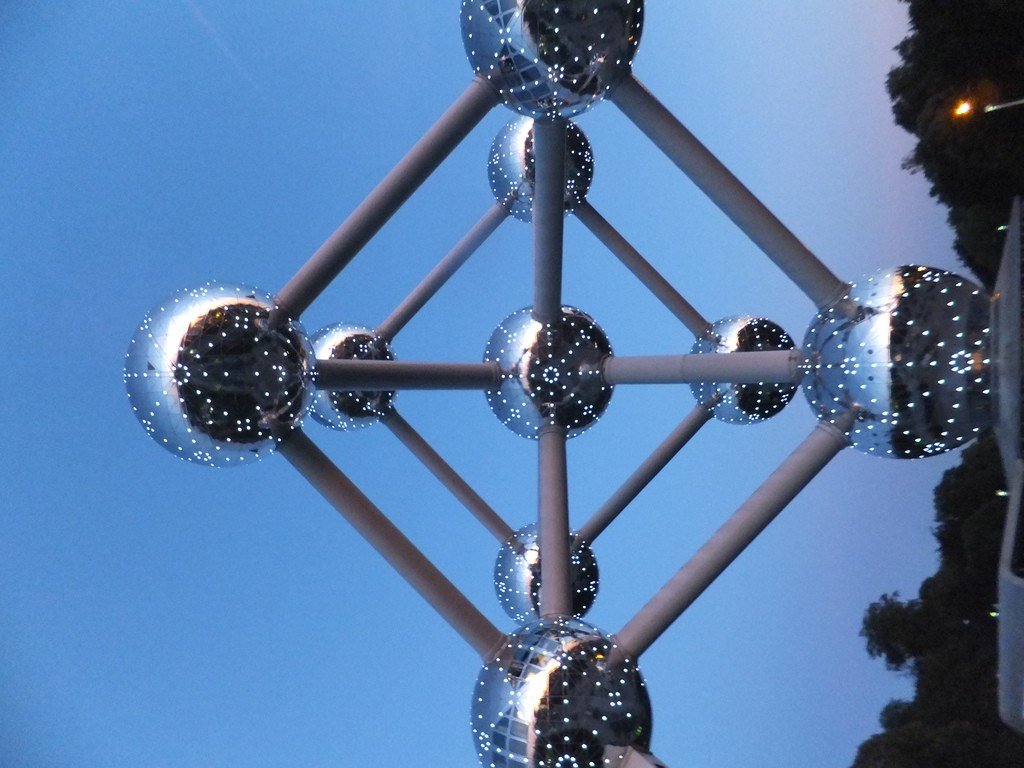
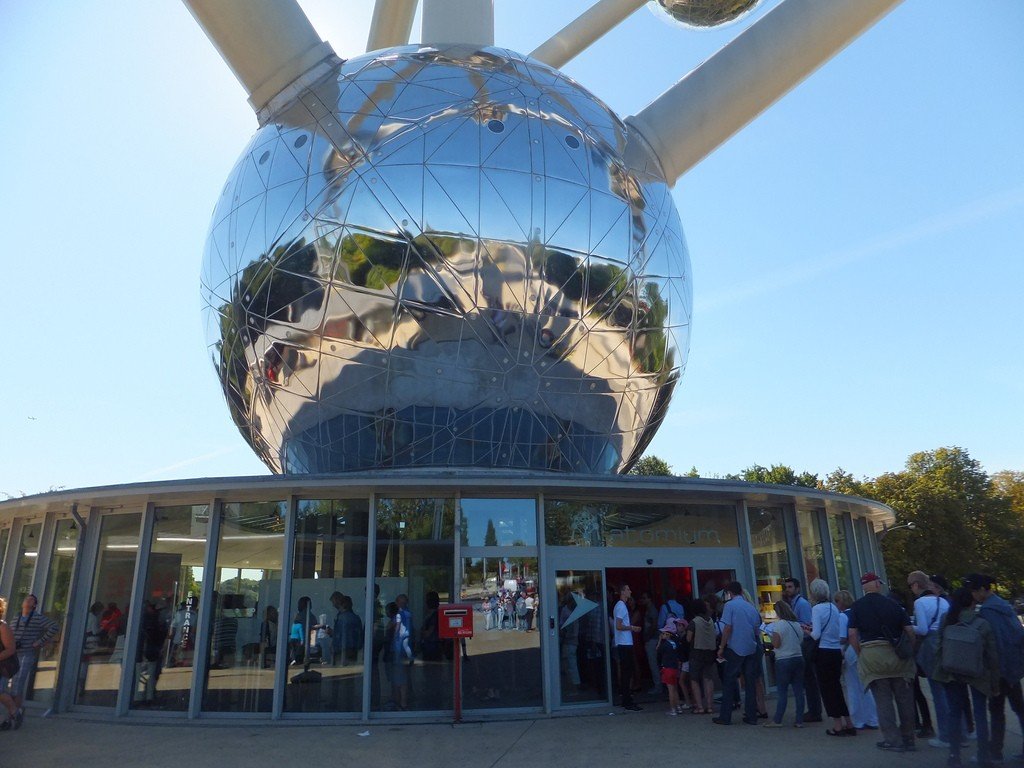
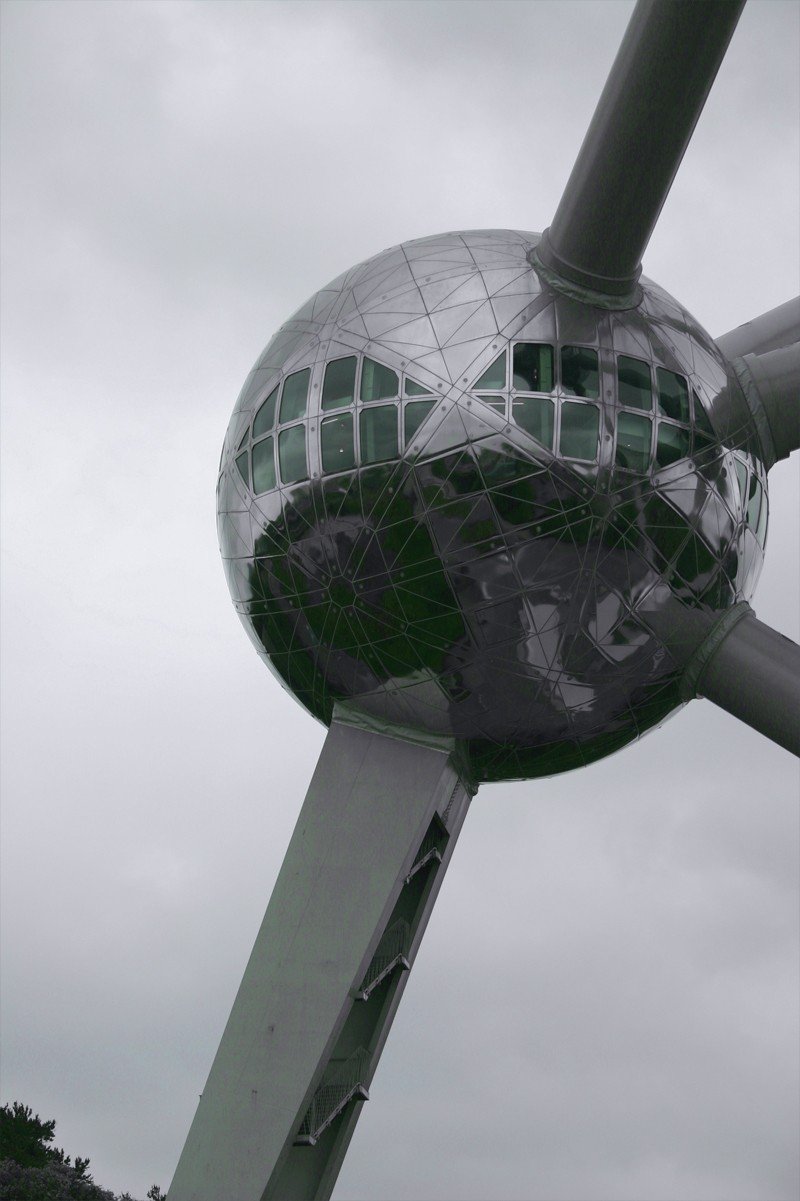
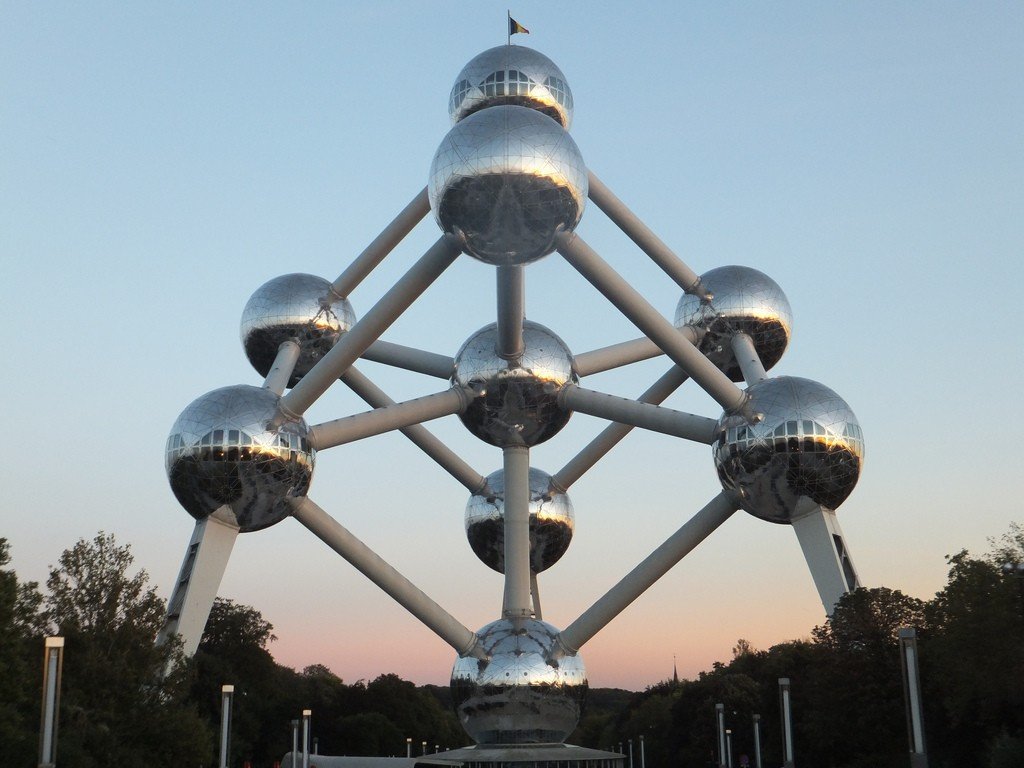
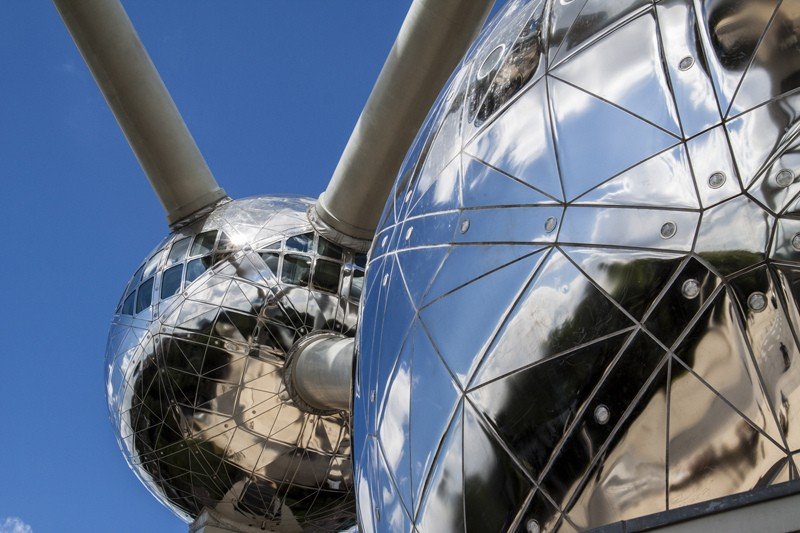
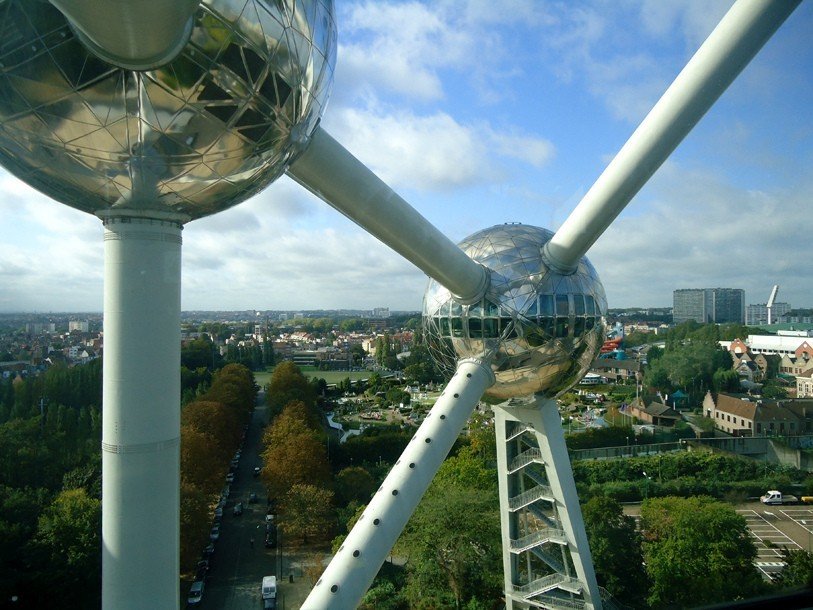
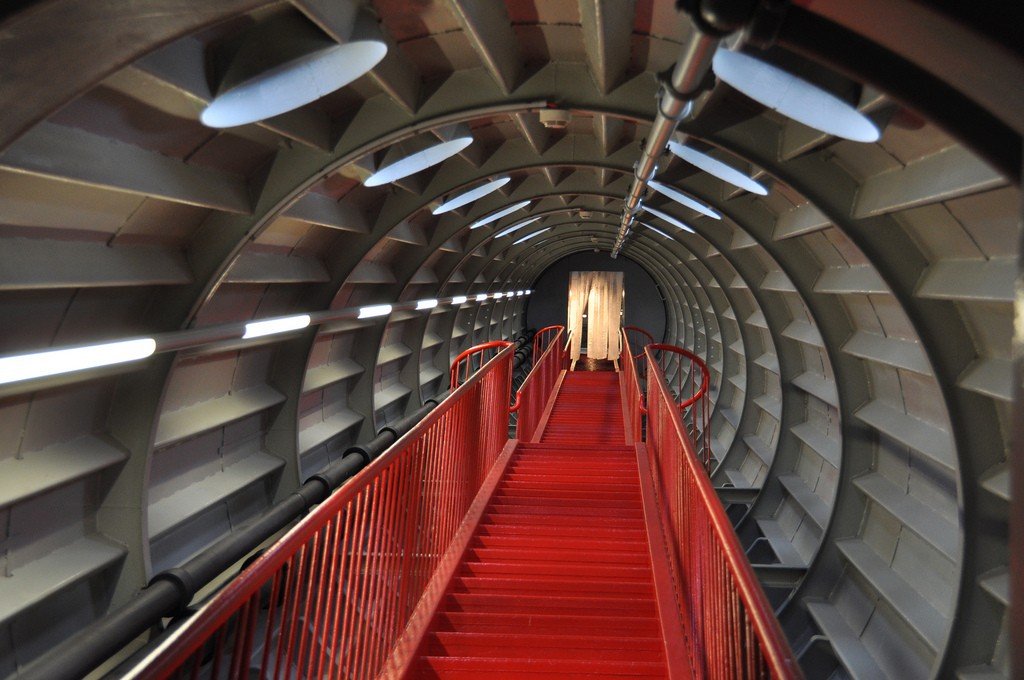
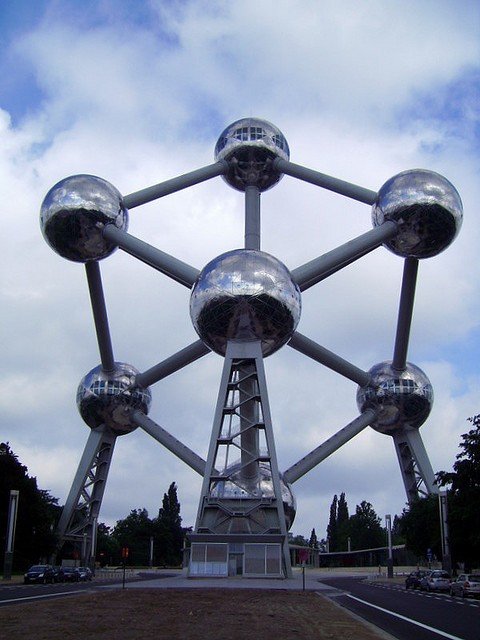
Creation
At first, no one envisioned that the Atomium would stand there for decades. It was timed to coincide with the World’s Fair held in 1958. However, the sculpture was so beloved that no one had the hand to tear it down. The history of the Brussels symbol is very similar to the history of the Eiffel Tower, which was also planned to be demolished as soon as the World Exhibition was over, only it was held not in 1958, but in 1889.
.
This ingenious structure was designed by a trio of two Adré, Waterkeyn and Polaki, as well as the latter’s brother, Michel. Historians speculate that at the time the structure was conceived to show the superiority of socialism over capitalism. But in fact, the version that was officially announced was more interesting. The Atomium was conceived as a symbol of the peaceful use of the atom. This theme was in great demand at that time, because it was an age of active atomic research. But even now this idea has not lost its relevance.
.Design
The Atomium consists of 9 spheres symbolizing atoms and the 9 provinces of Belgium, and connecting pipes that represent the connections between them. The spheres have a diameter of 18 meters and the pipes are 23 meters long. This structure is indeed huge. It towers over the city with its 102 meters and yet weighs 2,400 tons.
.The spheres are now covered in steel plates with the pattern that was originally applied to the spheres. They were once made of aluminum, but by 2006 the authorities had renovated and replaced some parts of the structure, making them out of stronger and more durable materials. After all, over the decades, the Atomium, which was only supposed to last for 6 months, began to deteriorate. Since the structure was loved, this could not be allowed, so the Atomium had to be urgently “reanimated.”Not only the covering of the spheres was replaced, but also the windows that were located in them and the corridors. Previously, they were made of organic glass, now replaced by tempered glass. In addition, the connecting pipes and some elements of the internal structure had to be replaced.
.Modern Atomium
The Atomium stands in the middle of Brussels not only for beauty. It is still used with benefit, because inside the sculpture is not empty, it has rooms that can be visited by tourists. In general, in this regard, the Atomium is very interesting, because its 6 spheres are open to visitors. Anyone can come here and admire the view from the Atomium. But the best thing is, of course, to climb to the top atom, which is a viewing platform from which the city appears in all its glory.
.
There are restaurants, souvenir stores, exhibition halls, a movie theater, concert halls and even mini-hotels in the Atomium, and to make it convenient to move around there are escalators and an elevator. It turns out that this statue has become a full-fledged entertainment complex. Here you can spend the whole day and not have time to see all the “interesting things”. Some tourists do not want to be separated from the Atomium even at night, so for a fee they can rent a room and enjoy a night view of Brussels directly from the most interesting industrial monument of the country. And for the curious, there’s a museum that will tell you everything you want to know about the Atomium.
.Facts about the Atomium
- Name: The Atomium is located in the Mini-Europa Park (Heissel neighborhood) in Brussels and is used as an exhibition hall.
- Opening: the Atomium was part of the 1958 Brussels World’s Fair .
- Construction: The Atomium is a three-dimensional representation of an iron crystal designed by engineer André Waterkeyn.
- Weight: At a height of 1,02 m, the entire structure with spheres with a diameter of 1,8 m weighs 2,400 tons. .
